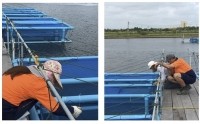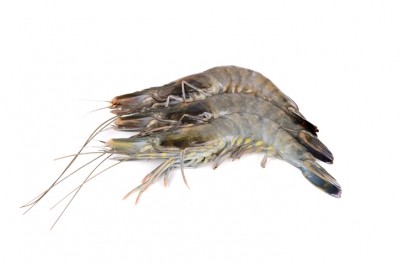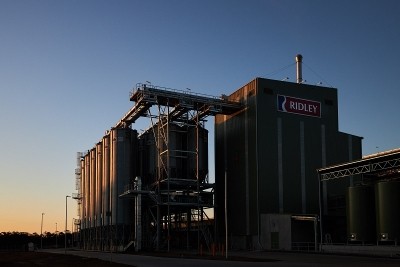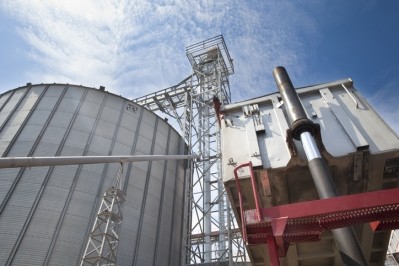Ridley appoints Investec in prawn feed ingredient push

The Australian feed company has exclusive rights from its research partner, CSIRO, to produce and market the additive globally, except in China and Vietnam.
Ridley said CSIRO laboratory trials showed the patented product, derived from a marine microbial process, acted as a metabolic stimulant when included in prawn feed diets; permitting the animal to utilize feed more effectively and therefore grow faster with less feed. Ridley affirmed these findings with small-scale feed trials in 2016 in Australia using Novacq feed produced at its New South Wales Yamba plant.
Other advantages it offers include better productivity, disease resistance and reduced harvest cycles, said the producer.
Novacq has generated global interest, said Ridley. The Australian feed company wants to accelerate the rollout of Novacq worldwide. Investec, it said, will consider a broad range of options including the potential for third party investment in the additive. It said it has received preliminary interest from a number of third parties but the interest at this stage is only exploratory.
Several of Ridley's prawn feed customers have been trialing Novacq on a profit share agreement. The outcomes of those trials will be released at the end of next month, it added.
The company also reported that significant progress has been made at the Novacq applied R&D project in Yamba and in Chanthaburi in Thailand.
A Ridley spokesperson told us: "The applied research and development project, which includes both Novacq production and processing trials, as well as feeding trials, have been progressing well at both of our sites. The results from some of these feeding trials will be released later in the year."
Ridley said it is committed to scaling up Novacq production volumes in Thailand and expects to start local production of the prawn feed ingredient for commercial scale farm use in that market in the second half of the 2018 calendar year. It also intends to start work on a blending plant in Thailand.
Thailand research
Last September, we reported on a 50-day trial conducted in Ridley-leased ponds at Sureerath Prawn Farm in Chanthaburi, Thailand.
The study saw Vannamei and Monodon prawns across 10 self-contained, suspended cages hand-fed regular feed or feed containing 5% Novacq. The prawns in both treatment plans were harvested, tested and directly compared on growth rate, survival, total food fed, feed conversion ratio (FCR) and total biomass gain.
Results showed that prawns fed the Novacq diet reached harvest weight 20 days ahead of Thailand’s typical 70-day cycle.
Ridley said such an improvement was “highly significant” for farmers, enabling an increase in production cycles per annum from three to four, which equated to a 33% combined improvement in biomass and productivity.
Thai prawn producers typically followed three 70-day production cycles each year, but the possibility of quicker harvest times and extra cycles resonated with producers struggling to mitigate disease risk, said the manufacturer.
“Thai prawn farmers have […] suffered in recent years from loss of biomass through disease, such as Early Mortality Syndrome (EMS), and rather than grow bigger prawns, the preference is likely to be to harvest early, de-risk the business, and generate much earlier cash returns for reinvestment,” the company said.
Tim Hart, CEO of Ridley, told us then there could be a similar appeal among Australian prawn producers – introducing a second production cycle to their typical one harvest per annum – although they could also simply prioritize growing bigger prawns, faster.
“While the Thais may prefer a strategy of harvesting early, mitigating their production risk and introducing a fourth production cycle, Australian prawn farmers may be equally interested in the extrapolation of the trial period based on usual prawn lifecycle growth trajectories.
“The extrapolations suggest there could be a 25% biomass improvement after 70 days and 27% after 80 days, and Australian consumers have traditionally been willing to pay a premium for large prawns.”
“…These results ratify our confidence in pushing ahead with our Novacq applied R&D strategy towards commercialization here in Australia and also overseas, commencing in Thailand and then expanding through export sales to its neighbors in the region.”
Asked if Ridley would stick to the 5% inclusion rate tested in Thailand, he said then: “We have tested a number of inclusion rates including up to 10% and our lab trials have highlighted that 5% is the appropriate inclusion to balance on-farm productivity and economics.”










